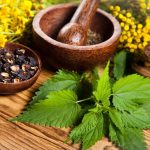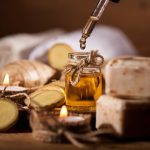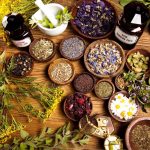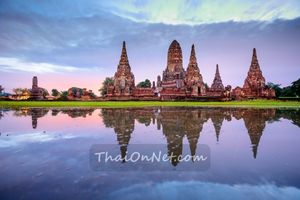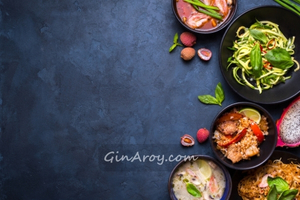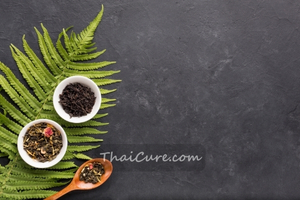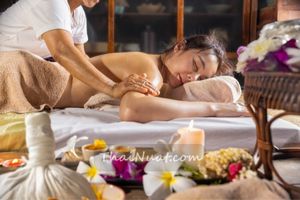- Introduction: Why Thai Wellness Still Matters Today
- Roots of Thai Wellness
- Traditional Thai Massage Benefits Explained
- Thai Herbal Medicine Remedies
- Mind–Body Practices in Thai Wellness
- Modern Adaptations: Thai Wellness in Spas & Retreats
- DIY Thai Wellness at Home
- Conclusion: The Holistic Thai Path to Wellness
- FAQs
Introduction: Why Thai Wellness Still Matters Today
In today’s fast-paced world, wellness has become more than a trend — it is a necessity. Around the globe, people are turning back to ancient healing systems that focus on balance, prevention, and holistic care. Thailand is at the center of this movement, with its unique traditions that blend touch, herbs, meditation, and ritual.
At the core are traditional Thai massage benefits, which go far beyond physical relief. Recognized by UNESCO as an Intangible Cultural Heritage of Humanity, Nuad Thai is both therapeutic and cultural. Alongside it, Thai herbal medicine remedies provide natural treatments for common ailments, supporting everything from digestion to stress relief.
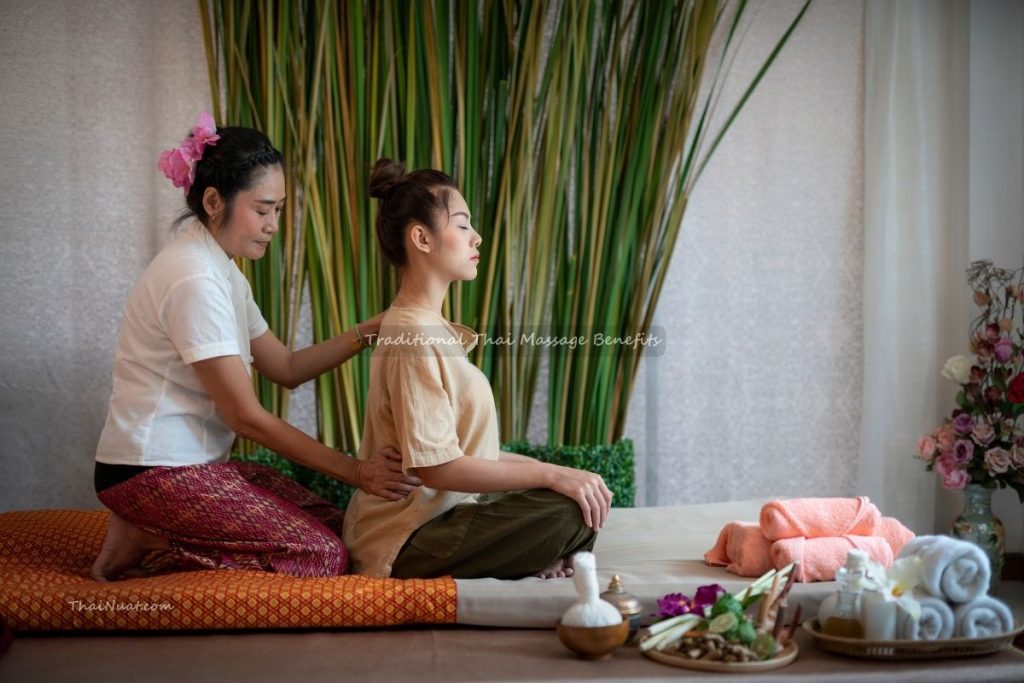
But Thai wellness is not just about individual therapies. It’s a way of life. From daily cups of herbal tea to temple meditation, wellness practices are integrated into community, religion, and home life. They represent a balance between body, mind, and spirit, rooted in centuries of wisdom and adapted for today’s world.
This guide will take you through every aspect: the history of Thai wellness, the philosophy behind massage, the healing power of herbs, spiritual practices, and modern adaptations. You’ll also learn practical tips to bring elements of Thai wellness into your own life, no matter where you live.
Roots of Thai Wellness
Thai wellness traditions are a tapestry woven from multiple cultural threads. Historically, the kingdom was a crossroads where India, China, and Southeast Asia exchanged trade, culture, and knowledge. Over centuries, Thai healers blended Ayurvedic medicine, Chinese meridian theory, and local animist practices into a uniquely Thai approach.
Temples as Healing Centers
Temples such as Wat Pho in Bangkok played a central role. Here, monks inscribed massage lines and herbal recipes on stone tablets. They preserved knowledge not just in texts, but in daily practice. To this day, Wat Pho is both a temple and a famous Thai massage school.
Herbal Knowledge in Everyday Life
Families passed down recipes for Thai herbal medicine remedies — lemongrass tea for bloating, plai poultices for sprains, and ya dom inhalers for colds. This made healthcare affordable and accessible for ordinary people, long before modern hospitals.
Philosophy of Balance
At the heart of Thai wellness lies the belief in maintaining harmony between four elements: earth (body), water (fluids), wind (energy), and fire (metabolism). Illness is seen as imbalance, and healing aims to restore equilibrium. This holistic view still guides Thai traditional medicine today.
Traditional Thai Massage Benefits Explained
If you’ve ever experienced Thai massage, you’ll know it is unlike any other bodywork. Locally called Nuad Thai, it is a dynamic, full-body therapy performed on a mat, with clients fully clothed.
How It Works
Practitioners use palms, thumbs, elbows, knees, and feet to apply rhythmic pressure along energy lines (sen sib). These are similar to meridians in Chinese medicine. Assisted stretches resemble yoga poses, making Thai massage sometimes described as “lazy man’s yoga.”
Key Traditional Thai Massage Benefits
- Pain Relief: Especially effective for lower back pain, neck tension, and migraines.
- Improved Flexibility: Assisted stretches gradually open joints and muscles.
- Posture Correction: Regular treatments help release chronic tightness.
- Circulation Boost: Pressure stimulates blood flow and lymphatic drainage.
- Stress Reduction: The slow rhythm induces deep relaxation and mindfulness.

Research backs many of these traditional Thai massage benefits, showing reductions in stress hormones, improved sleep quality, and enhanced mobility.
Emotional and Spiritual Dimension
Unlike a spa treatment, Nuad Thai is also about connection. Practitioners often begin with a moment of prayer or meditation, dedicating compassion (metta) to the receiver. This spiritual aspect makes the therapy healing on both body and heart.
Variations and Special Techniques
- Tok Sen Massage: Using a wooden hammer and stick to create vibrations along energy lines, popular in Northern Thailand.
- Foot Reflexology: Stimulates reflex points to improve organ health.
- Prenatal Thai Massage: Gentle adaptations for pregnant women.
Safety Considerations
While generally safe, Thai massage should be adapted for those with osteoporosis, heart disease, or recent surgery. Pregnant women should seek specialized therapists.
When done correctly, the traditional Thai massage benefits cover the physical, emotional, and spiritual spectrum, making it a cornerstone of Thai wellness.
Thai Herbal Medicine Remedies
Thai healing is not complete without herbs. Known as Phra Osot Thai, this branch of medicine is deeply rooted in everyday life.
Essential Thai Healing Herbs
- Plai (Zingiber montanum): Anti-inflammatory, often in compresses.
- Turmeric: Antioxidant, supports digestion and joint health.
- Lemongrass: Aids digestion, relieves bloating, and boosts circulation.
- Kaffir Lime: Used in shampoos, teas, and steam baths for relaxation.
- Fah Talai Jone (Andrographis): Bitter herb for colds, flu, and immunity.
Herbal Compress (Luk Pra Kob)
Steamed bundles of herbs are applied to the body after massage. The heat opens pores while herbs like turmeric and lemongrass penetrate deeply. Benefits include muscle relief, detoxification, and improved circulation.
Balms and Inhalers
Tiger balm and camphor-based ointments are household staples. They soothe muscle aches and congestion. The famous ya dom inhaler blends peppermint and borneol for instant refreshment and sinus relief.
Teas and Tonics
Daily cups of pandan, roselle, or ginger tea are more than refreshments — they are Thai herbal medicine remedies that aid digestion, lower blood pressure, and cool the body.
Safety and Modern Adaptations
While natural, herbs can interact with medications. Professional guidance is essential. Hospitals in Thailand now integrate herbal medicine alongside modern treatments, showing its continued relevance.
Mind–Body Practices in Thai Wellness
Thai wellness extends beyond the physical body to cultivate emotional and spiritual balance.
Meditation Traditions
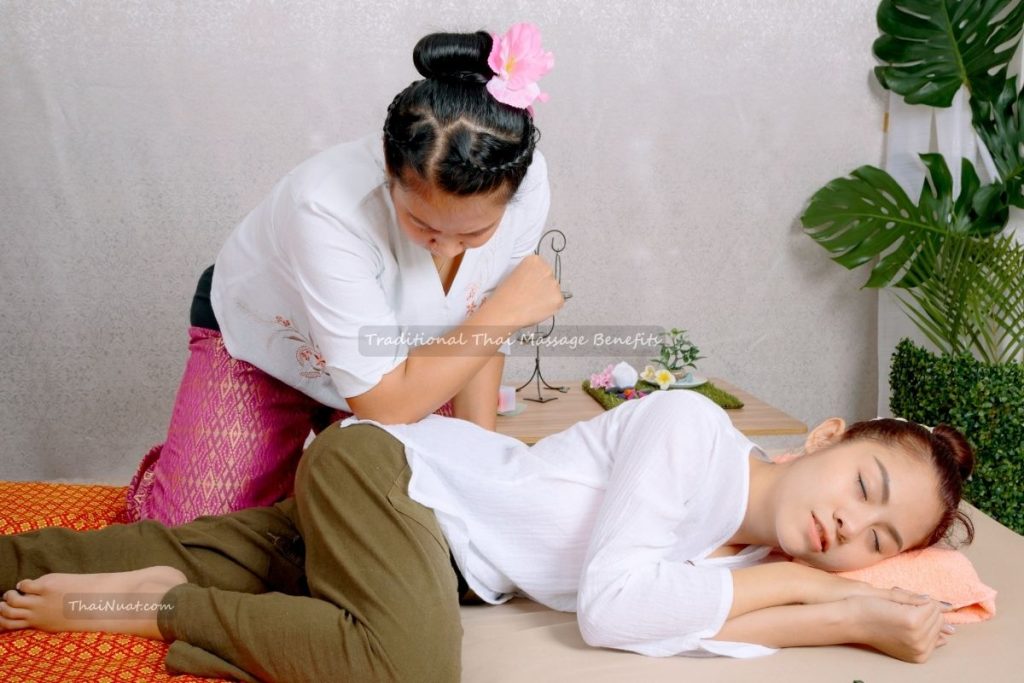
Buddhist monks in Thailand practice and teach Metta (loving-kindness meditation), which helps reduce stress and foster compassion. Walking meditation in forest monasteries encourages mindfulness in motion, much like the rhythm of Thai massage.
Breathwork and Awareness
Simple breathing techniques, taught in temples and wellness retreats, are combined with meditation to calm the nervous system. These methods are increasingly popular among wellness travelers seeking inner peace.
Integration with Daily Life
In Thai culture, wellness is woven into routine. Morning chanting, herbal teas, mindful meals, and meditation are not separate from life but integrated into it. This creates a seamless cycle of health for body and spirit.
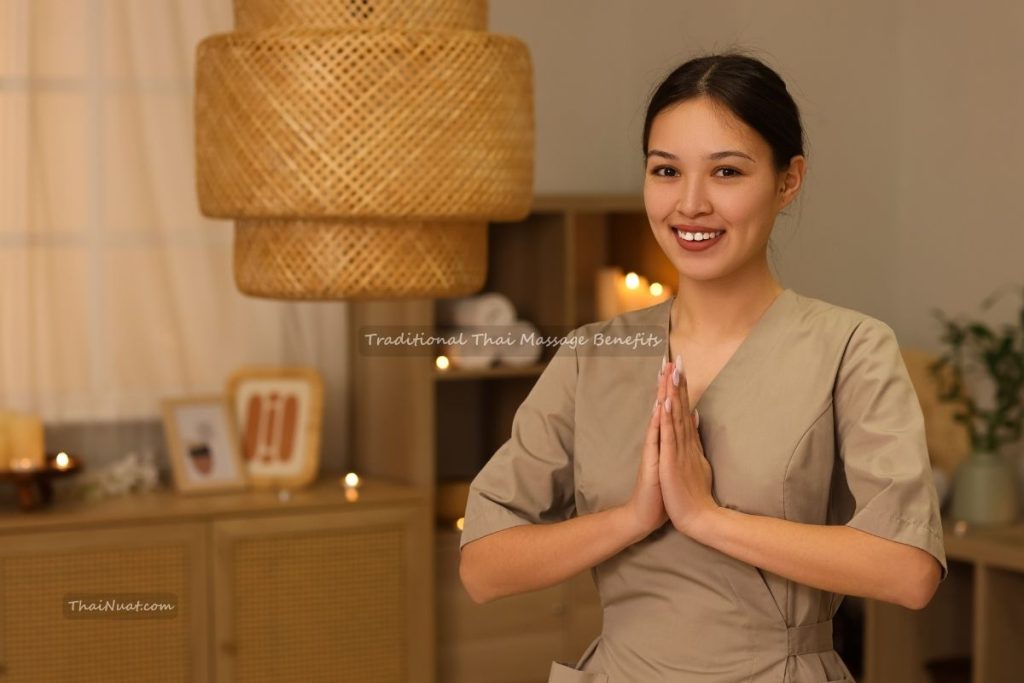
Such practices complement the traditional Thai massage benefits and Thai herbal medicine remedies, showing how the mind plays an equal role in overall wellness.
Modern Adaptations: Thai Wellness in Spas & Retreats
Thailand has become a global wellness hub, blending tradition with modern hospitality.
Spas and Wellness Resorts
From Bangkok’s luxury spas to Chiang Mai’s jungle retreats, Thai wellness is offered in formats that cater to global visitors. Treatments often combine Nuad Thai, aromatherapy, and hot herbal compress therapy.
Learning Opportunities
Tourists can study massage at schools like Wat Pho or Abhaibhubejhr Hospital’s herbal center. Short courses teach basics, while advanced diplomas produce certified therapists worldwide.
Wellness Tourism
Many travelers now come specifically for wellness — retreats offering yoga, meditation, detox, and Thai herbal medicine remedies. This modern adaptation sustains ancient traditions while introducing them to new generations.
DIY Thai Wellness at Home
You don’t need to travel to Thailand to enjoy its wellness heritage.
- Herbal teas: Brew lemongrass or ginger tea for digestion and calm.
- Self-massage: Simple palm pressing along arms and legs can reduce fatigue.
- Home steam: Add kaffir lime leaves or eucalyptus to boiling water, inhale deeply, or create a mini facial steam.
- DIY compress: Wrap ginger slices and herbs in cloth, heat lightly, and apply for sore muscles.
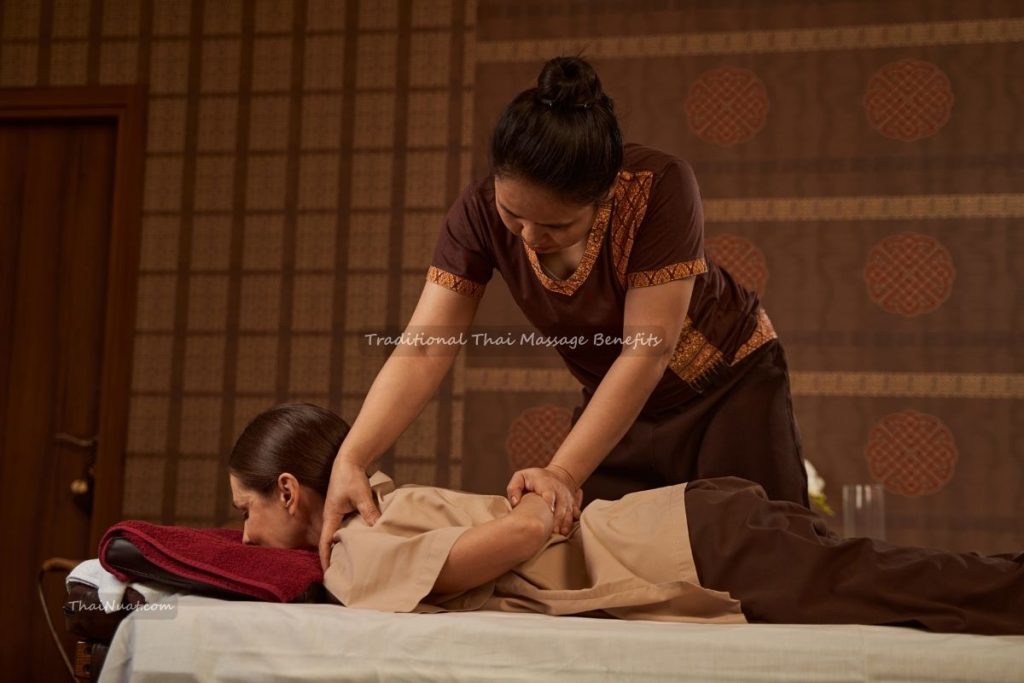
These at-home practices let you experience elements of traditional Thai massage benefits and Thai herbal medicine remedies in your daily routine.
Conclusion: The Holistic Thai Path to Wellness
Thai wellness traditions are not about isolated treatments but about living in balance. From the healing touch of massage to the wisdom of herbs, from mindful meditation to steam rituals, these practices demonstrate harmony between people, community, and nature.
Whether you experience them in a temple, a luxury spa, or your own home, the essence remains the same: wellness is about restoring flow, compassion, and vitality. By embracing the traditional Thai massage benefits and exploring Thai herbal medicine remedies, you connect not only to ancient wisdom but also to a healthier future.
FAQs
1. What are the main traditional Thai massage benefits?
They include improved flexibility, pain relief, stress reduction, and better posture. It also enhances circulation and promotes mindfulness.
2. What are the most common Thai herbal medicine remedies?
Herbs like plai, lemongrass, turmeric, and kaffir lime are used in teas, compresses, balms, and inhalers to treat digestion, muscle pain, and stress.
3. Is Thai massage safe for everyone?
Generally safe, but people with fractures, severe osteoporosis, or pregnancy should consult professionals and seek adapted versions.
4. Can I try Thai wellness practices at home?
Yes — you can make herbal teas, use simple self-massage, or create DIY steam treatments with local herbs.
5. Where can I learn more about Thai wellness traditions?
Schools like Wat Pho in Bangkok and Thai herbal medicine centers offer courses. Many retreats also combine education with immersive wellness experiences.
6. Do Thai wellness retreats combine modern practices?
Yes — many mix yoga, meditation, detox diets, and spa therapies with traditional Thai methods.
7. Are Thai herbal remedies scientifically studied?
Yes — plai, turmeric, and Andrographis are supported by modern research for inflammation and immunity.
8. Can Thai massage help with chronic pain?
Studies show it can ease lower back pain and tension headaches when done regularly.

